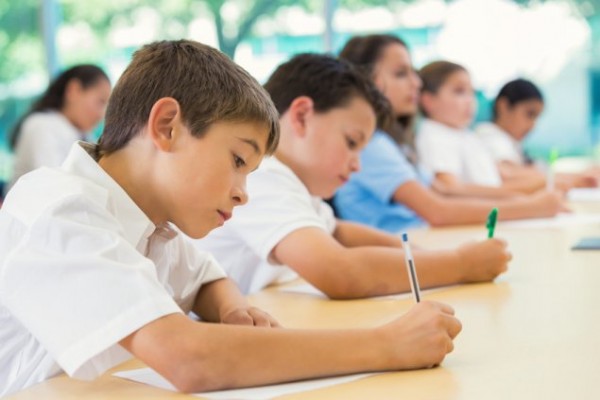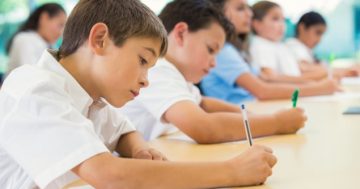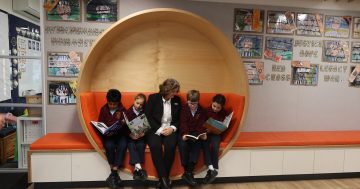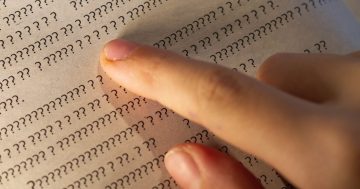
On a like-for-like basis, ACT schools have been falling behind for years.
A new report card on NAPLAN school results has delivered yet another warning to the ACT that its much vaunted education system is falling behind other jurisdictions when compared on a like-for-like basis.
The Grattan Institute’s Measuring student progress: A state-by-state report card found that the ACT was the worst performer when social and economic advantage was taken into account.
Students in the ACT make two to three months less progress than the national average in both primary school (between Year 3 and Year 5) and secondary school (between Year 7 and Year 9), and the report says the results should be a wake-up call to the Territory.
It says policy makers should examine areas such as school autonomy, use of student data, teaching and school leadership practices to find out why the ACT is falling behind.
The results echo three other reports – Stephen Lamb (2017) for the ACT Education Directorate, the ACT Auditor-General (2017) and the ANU’s Andrew Macintosh and Deb Wilkinson (2018).
The Grattan Institute report says students at ACT and South Australian primary schools consistently make less progress in numeracy and reading compared to similar schools in other states.
On average, ACT primary students made around three months less progress than the national average in numeracy, and about 1.5 months less progress in reading, compared to similar schools in other states, between Year 3 and Year 5.
The report says the ACT has fallen further behind the national average in recent years.
“The 2010-12 cohort made around two months less progress than the national average in numeracy, and close to the national average in reading, but the 2014-16 cohort made five months less progress than the national average in numeracy, and four months less in reading,” it says.
“There is a similar worrying trend for the ACT in Year 3 and Year 5 achievement reading results, which sharply declined over the 2010-2016 period.”
In secondary schools, ACT students overall make the most progress in numeracy – two months more progress than the national average over two years of schooling.
But when compared to similar schools in other states, ACT secondary students across government, Catholic and independent schools make three months less numeracy progress than the national average over two years of schooling.
“A similar trend emerges when looking at achievement: ACT schools achieve higher than the national average overall, but lower on an ICSEA-adjusted basis, for all three subject areas, at Year 3, 5, 7 and 9,” the report says.
“The story is similar at primary level, and for secondary reading, and in all three sectors … These poor progress results should be a wake-up call for the ACT.”
Education Minister Yvette Berry said relative performance had improved in some other jurisdictions and the ACT was no longer as far in front as in previous years. However, ACT students continued to perform well, particularly in reading, grammar and punctuation and numeracy.
She said the Grattan Report complimented what the ACT was already doing and that its recommendations aligned with work being implemented by the Government.
“Findings of the Auditor-General’s report from 2017 into the performance of ACT public schools—some findings from which are referenced in the Grattan Report—has supported our work over the past two years, including the Future of Education Strategy,” she said.
“The Auditor-General in her report questioned the reliability of NAPLAN data as a true representation of student performance. The Auditor also found that the ACT’s comparative performance is most obvious in relation to disadvantaged students. In this, the Auditor-General backs up the Government’s direction in the Future of Education Strategy. Notably, the Grattan Report also highlights this as a priority.
“The Future of Education strategy outlines a more holistic approach to student education and a focus on equity, rather than measuring a student’s intelligence, abilities and worth purely on their strength in literacy and numeracy. This ignores the fundamental inequity some people experience.”
The report says Queensland is making more student progress at the primary level, in both numeracy and reading; NSW is stretching secondary students at the top, with very high student progress among more advantaged groups of students, especially in numeracy; and Victoria is supporting students at the bottom, with higher than expected student progress at less-advantaged schools.
It recommends the Education Council improve national reporting on state comparisons of student progress and they be made on a like-for-like basis. It says research should be commissioned on why some states make above/below average progress in some areas.





















